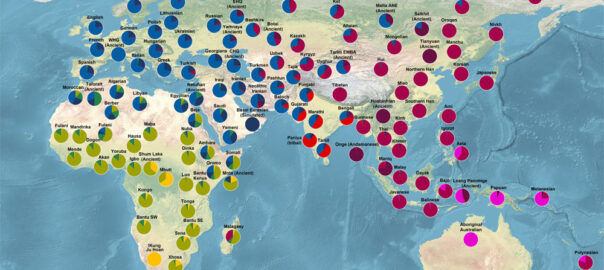
Tracking Human Movement Across the Globe
Geographical distribution of human major genetic ancestral components. Wikimedia Commons.
Prior to our ability to analyze aDNA, we could only interpret ancient history from art and artefacts. This led anthropologists and historians to assume that the spread of ideas was the primary cause of change. Now we know that the primary cause was often due not to influence but to interbreeding.
In the 1970s Cavalli-Sforza used data from blood samples taken from people around the world with the idea that this would potentially establish a “family tree.”
In 2010 it became practical to sequence whole genomes from DNA extracted from ancient human bones, and to analyze the data to understand changes in biology over time. From this we learned that it is not possible to accurately reconstruct human history based on patterns of variation in people today because, as David Reich says, “people have moved and removed and mixed and migrated again and again and again.”
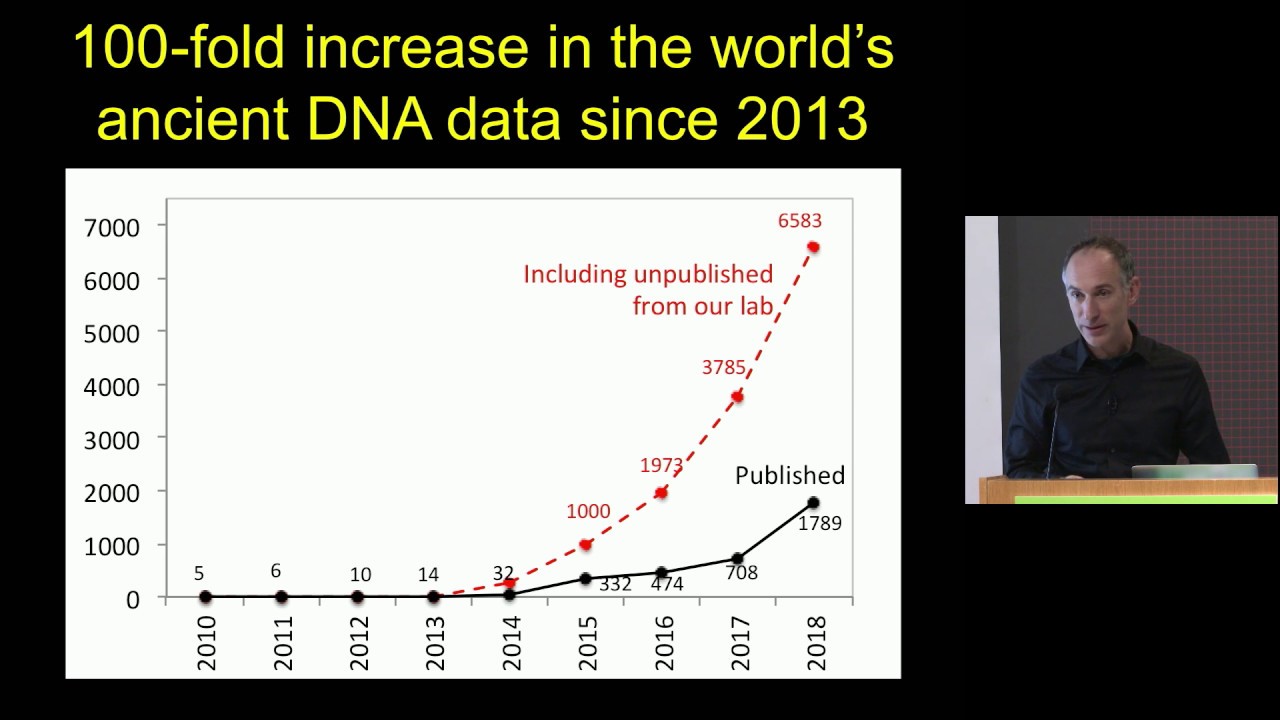

Watch: David Reich describes how aDNA sequencing is carried out with the ability now to produce aDNA at an industrial scale and at much reduced cost. He explains how the analysis of aDNA has led to new insights about human biological changes over time and summarizes the history of modern humans in Europe over the approximately 30,000–45,000 years since they first arrived.
All human populations today are mixtures resulting from multiple population migrations and gene flow.
In his book Who We Are and How We Got Here, David Reich describes how aDNA has given us an accurate record and timeline of population movements in Western Eurasia.
A major conclusion of this work is that all human populations today are mixtures resulting from multiple population migrations and gene flow. It also confirms, through the analysis of hundreds of West Eurasian ancient genomes, that the “Caucasian” (or white) racial grouping simply didn’t exist 10,000 years ago.
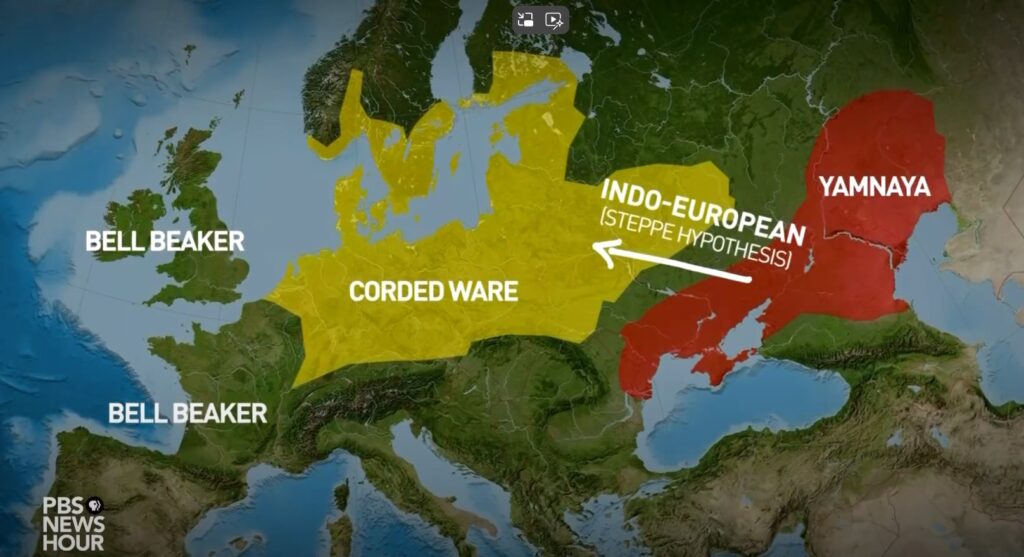
Two Large-Scale Migrations into Europe
Europe was massively transformed by two migrations, one after about 9,000 years ago which eventually brought near-eastern (Anatolian, Syrian, Iraqi) farmers to Europe about 6,500 years ago, where they interbred with local hunter-gatherers until about 4500–3000 BCE. The evidence shows that populations did not disappear, but mixed with each other, reducing the differentiation through expansion and intermingling.
5,000–4,500 years ago a new population arrived in Europe. These were Yamnaya steppe pastoralists who, herding sheep and cattle, spread across the steppes north of the Caspian Sea 5,300 years ago, travelling with newly domesticated horses and carts on newly invented wheels. They arrived in Europe with the Corded Ware Complex culture pottery and replaced other cultures and settlements, in some places as much as seventy percent. In Iberia the Yamnaya male population entirely displaced the local males, giving them preferential access to females for generations.
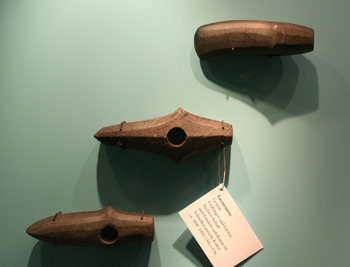
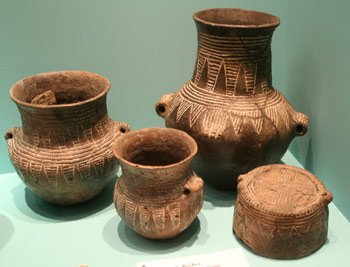
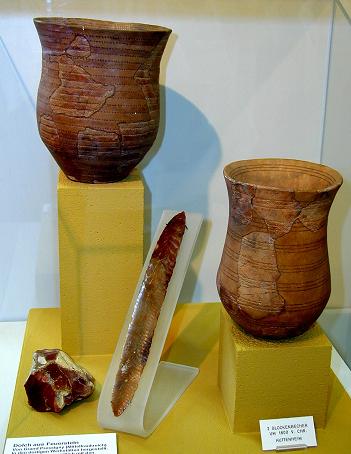
Burial sites found west of the Elbe from the Bell Beaker culture, contemporary to the Yamnaya, tell a different story. These sites first appear in Iberia about 4,700 years ago and another cluster is shown in Hungary at about the same time. However aDNA shows that there is almost no shared ancestry between these two populations, which means, unlike the Yamnaya, the spread had to be through the communication of ideas – most likely religious – rather than the movement of people. Once this culture reaches Britain and places further west, things change; and from about 4,400 years ago, the Bell Beaker people replaced the farmers almost entirely. Genetic evidence of the farmers, who were the last people to build Stonehenge, is no longer represented in the people of Britain today.

Indo-Aryan Migration Theory Upheld by aDNA Studies
More recent DNA evidence has shed new light on the origins of the Indian people, the Hindu religion and the Sanskrit language. DNA samples prove that there was a migration in the middle to late Bronze Age of the Eastern European Andronovo steppe peoples from Central Asia into India. They carried both Yamnaya DNA and Neolithic European DNA and likely spoke Indo-Aryan languages. Unlike the Yamnaya, the Andronovo peoples were very often blond and blue eyed. Their DNA shows higher rates of what we think of as European phenotypes such as tallness, fair skin and blue or green eyes. These traits are found in people from North India, Pakistan and Afghanistan—such as the Nuristani and Kalasha people—but not in people from South India. The Andronovo were the first to ride horse-drawn chariots, which they did by about 2000 BCE. Sometime after this they invaded India from the North West.
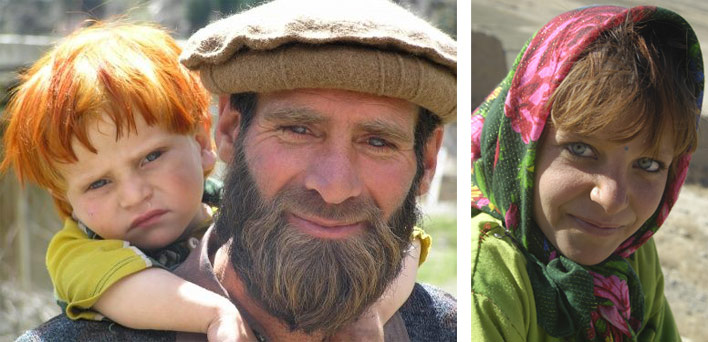

Although no ancient DNA samples have been found within the Indus-Sarasvati Civilization sites, outlier samples from skeletons close by show a relationship to almost all Indians today but with no trace of Yamnaya DNA. This leads scholars to conclude that the Indus-Sarasvati civilization is the likely source of the many Dravidian languages spoken in the south of the Indian subcontinent, and it is certainly evidence of a later Yamnaya link to India from the Andronovo people.

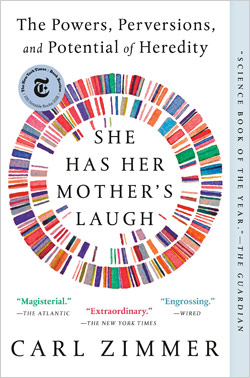
She Has Her Mother’s Laugh
The Powers, Perversions and Potential of Heredity
Carl Zimmer
Our understanding of heredity has come a long way and holds much promise, but we’ll need wise judgement to manage the emerging science of genetic engineering.
In the series: Genetics and Human Evolution
Related articles:
Further Reading »
External Stories and Videos
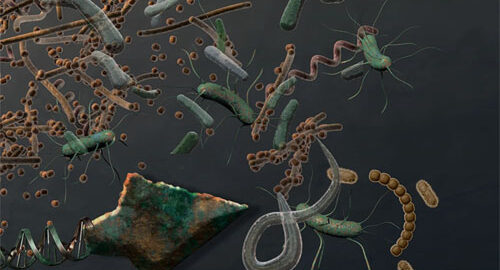
Ancient DNA reveals reason for high MS and Alzheimer’s rates in Europe
Jacqueline Garget, University of Cambridge
By sequencing ancient human DNA and comparing it to modern-day samples, an international team of experts are mapping the historical spread of genes – and diseases – over time as populations migrated. For example, the genetic variants associated with a risk of developing MS ‘travelled’ with the Yamnaya people - livestock herders who migrated over the Pontic Steppe into North-Western Europe.

Basic Information about Genomics
Quick lessons to help you learn more about genomics, so you can explore your own data in a more meaningful way.

Culture Change: War Bands Hooked Up with Neolithic Farm Women
Researchers find that the appearance in Europe of pottery imprinted with cord-like designs may have been the result of intermarriage between Neolithic farm women of Europe and incoming warriors from the Pontic and Caspian steppes near the Black and Caspian seas.
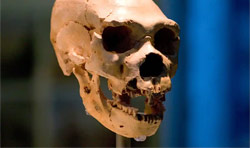
Scientists Find Evidence of ‘Ghost Population’ of Ancient Humans
Ian Sample, The Guardian
Traces of unknown ancestor emerged when researchers analyzed genomes from west African populations.
